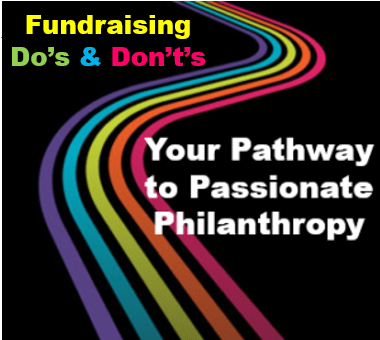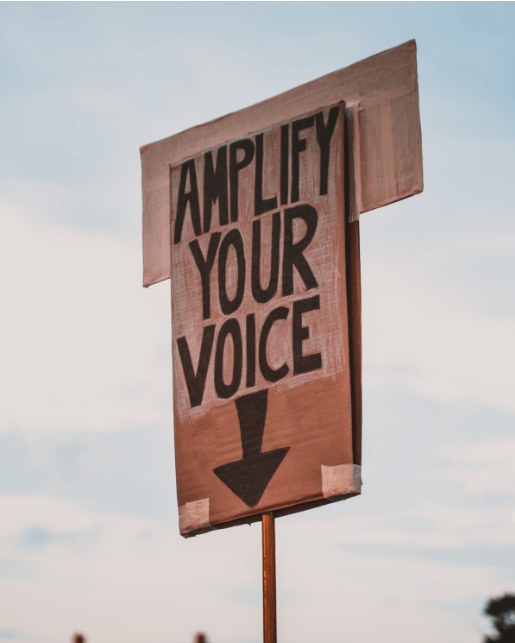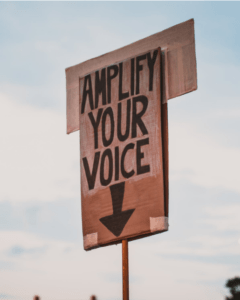This year it’s been easy to hoard.
You had all the strategies that worked for you in the past, PLUS you had to add a bunch of new ones when faced with the realities of the pandemic economy.
Then you had to add things to be relevant to supporters who were thinking about a million news stories. You needed to be relevant, and consider your stance on BLM, BIPOC, DEI and a range of political and social justice issues.
The extraordinary times could not be ignored, so strategy got piled upon strategy, got piled upon…
And your nonprofit work plan got super crowded.
Time to clear out some space!
You’re likely wondering if you have to do everything virtually as well as in person. You’re wondering if your messaging needs to change to be more inclusive? You’re wanting to connect with folks in ways they’ve come to expect, and to offer meaningful engagment opportunities, but… where is everything going to fit?!?!
Never fear. Help is here!
What if you were to look at your work plan this year from the KonMari perspective?
If you’ve been living under a rock, Marie Kondo’s KonMari is the art of “tidying up to transform your life.” It’s a popular book that’s become a Netflix sensation, and it may not be your cup of tea, but…
What if, through some simplification and organization, you could transform your life (at least at work) as well as your nonprofit’s life — so all involved felt greater inspiration and even serenity?
You. Can. Do. It.
Alas, I’ve participated in many a planning session, and seldom do I recall – if ever – really focusing first on what we could stop doing to make room for new endeavors. If this sounds familiar, you’re likely also familiar with the unfortunate consequences.
There are some things that really should not be part of your work plan moving forward. Or, at the very least, they should be pared down. Quite. A. Bit.
Here’s how you know you need, as Marie Kondo might say, to tidy up.
- Do you try to stuff too much into your work plan and end up doing nothing as well as you’d like?
- Do you allow daily clutter to crowd your inbox so you’re often responding to the little issues rather than the big ones?
- Do you keep working on things that no longer have the payoff they once had, causing you to miss out on newer and more cost-effective opportunities?
- Do you allow inertia to divert your focus towards ‘make work’ transactional stuff that satisfies your need to feel ‘busy,’ while you know it’s not really transformational work?
- Have you allowed your job to become overloaded with tasks you don’t enjoy, to the point where you feel a bit like a lobster in a pot?
Details




 I’m excited to share three easy tips with you, and the results are measurable. Do these things and you’ll be able to tell if they impact your bottom line!
I’m excited to share three easy tips with you, and the results are measurable. Do these things and you’ll be able to tell if they impact your bottom line!

 Text messaging is becoming an increasingly important fundraising tool. Why? One of the reasons is U.S. adults now spend 10.5 hours/day consuming media. With all the competition for your donors’ attention, there’s a need to cut through the clutter.
Text messaging is becoming an increasingly important fundraising tool. Why? One of the reasons is U.S. adults now spend 10.5 hours/day consuming media. With all the competition for your donors’ attention, there’s a need to cut through the clutter.


 You’ve no doubt become familiar by now with the term “
You’ve no doubt become familiar by now with the term “
 One of my pet peeves as a donor is making a contribution (via a peer-to-peer request or tribute gift in honor or memory) in support of a friend; then receiving nothing but a form receipt.
One of my pet peeves as a donor is making a contribution (via a peer-to-peer request or tribute gift in honor or memory) in support of a friend; then receiving nothing but a form receipt.
 Does your nonprofit promote stock gifts? You should!
Does your nonprofit promote stock gifts? You should!